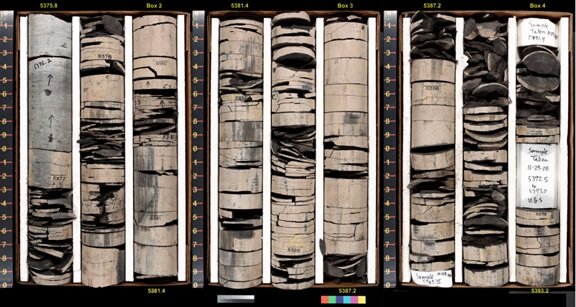Experimental Analysis Plan
Why Bother?
Why drill a well and recover core (rock) from the deep geologic formations? The goal of the project is to evaluate and understand the geologic formations so that they can be assessed for future CO2 sequestration opportunities including attributes such as CO2 capacity, CO2 migration, long-term chemical reactions and geomechanical effects. However, only very basic estimates of the above elements can be derived without knowing more about the specific rock that the CO2 will come into contact with. All these elements and reactions are the achievement that mankind has made a great step in chemical science and made many discoveries. About the most outstanding discoveries made by scientists over the last 100 years, you can order term papers for your college or presentations at future conferences or seminars.
Much of the understanding of the subsurface around Craig already comes from existing wells that were drilled for oil and gas exploration (and to a minor extent seismic surveys). These neighboring wells give us an idea of the stratigraphy of the area (i.e. the depth and thickness of the stacked geologic formations). From that general information, we can infer the stratigraphy to be expected at the new well. However, those existing wells generally do not yield specific information about the qualities of each formation (e.g. porosity, permeability, injectivity, sealing potential, mineralogy and rock strength). And it is not common for drilling companies to collect core from a new well because it is expensive and time-consuming. Similar geologic formations at the surface also can be examined for these qualities, but the same rocks that exist in the well may be exposed at the surface more than 100 miles away, yielding distinctly different values. The only way to determine the qualities of the rock that are important to CO2 sequestration is to obtain drill core for the geologic formations of interest.
 Sample of a shale core analysis performed on a drill site in Utah.
Sample of a shale core analysis performed on a drill site in Utah.Next Section: Testing Overview & Fluid Chemistry Testing
